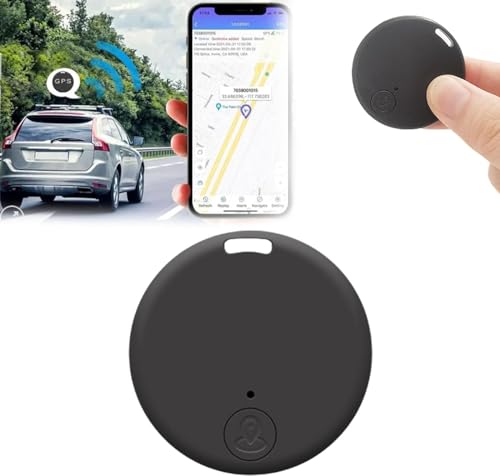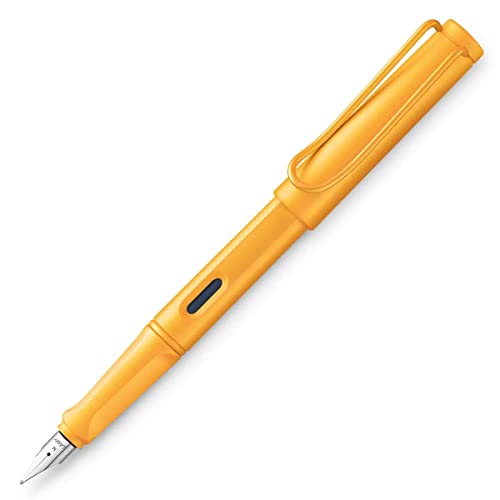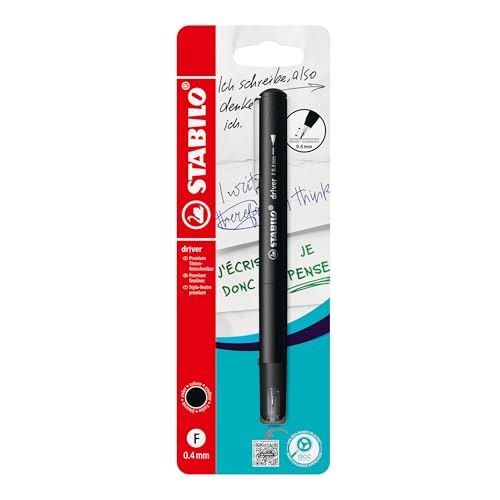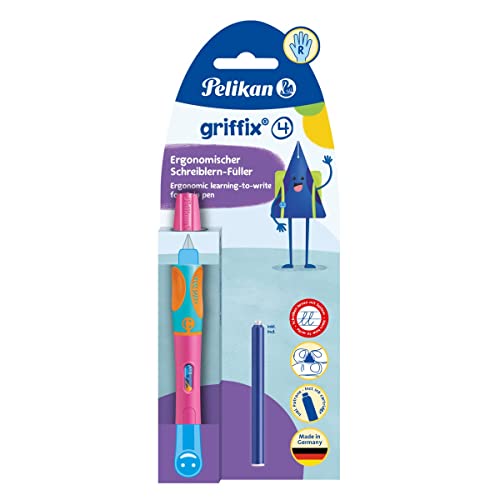Understanding GPS Devices: What They Are and How They Work
What is a GPS Device?
GPS, or Global Positioning System, devices are tools that help determine your exact location anywhere on Earth using signals from satellites. Imagine you’re out hiking in the mountains, and you want to find your way back. A GPS device helps you by pinpointing your position on a digital map, ensuring you can navigate back safely.
How GPS Technology Works
When you turn on a GPS device, it communicates with multiple satellites orbiting the Earth. These satellites send signals that your device processes to calculate your precise location using triangulation. Think of it like a game of catch—your device catches the satellite signals and uses them to figure out where you are by knowing the distance from at least three or four satellites.
Key Features to Look For: Ensuring You Choose the Right Device
Screen Size and Usability
Consider how you’ll be using your GPS. If you’re primarily using it in a vehicle, a larger screen can be beneficial for easier readability. If you’re looking for a portable solution for hiking or biking, a smaller device that fits in your pocket yet has a clear display is ideal.
Map Updates and Coverage
It’s crucial to ensure that the GPS device provides regular map updates, covering the regions you plan to explore. Devices that include lifetime updates mean you won’t miss any new roads or important points of interest along your journey.
Battery Life and Durability
Always check the battery life of a GPS device, especially if you’ll be using it on long trips. Opt for devices known for lasting at least 10 hours on a single charge. If you’re heading outdoors, a rugged, waterproof option will withstand the elements.
Top Recommendations: Our Picks for the Best GPS Devices on the Market
Best for Road Travel
When it comes to cars, the latest models from well-known brands offer brilliant touch screens and voice command features, ensuring effortless navigation without taking your eyes off the road.
Best for Outdoor Adventures
For those who love hiking and camping, compact GPS devices that come with durable casing and excellent battery life should be at the top of your list. They typically feature additional functionalities like altitude tracking and track recording.
Best Budget Option
If you’re seeking an entry-level GPS device without compromising on quality, some models come with essential features such as turn-by-turn directions and user-friendly interfaces at an affordable price.
How to Use Your New GPS Device: Tips for Optimal Navigation
Setting Up Your GPS Device
After unboxing your GPS, start by charging it fully and following the initial setup instructions. Make sure you enter your home address, which will help your device provide accurate directions to your typical destinations.
Creating Routes and Saving Locations
Most GPS devices allow you to create custom routes. If you often visit relatives or favourite spots, save these locations for quick access in the future. Practising how to enter the addresses will make it second nature.
Exploring Additional Features
Don’t forget to explore any extra features your GPS device offers, such as traffic updates, alternate routes, and points of interest. Familiarity with these capabilities can enhance your navigational experience.
Maintaining Your GPS Device: Keeping It Updated and Functional
Keeping Software Up to Date
Regularly check if your GPS device requires software updates to run smoothly. Most brands provide user-friendly options to update software, ensuring your device has the latest maps and features.
Cleaning and Care
Maintaining a GPS device also means keeping it clean. Gently wipe the screen with a soft cloth to remove smudges and dirt. Avoid using harsh chemicals that could damage the screen.
Battery Maintenance Tips
To prolong the battery life of your GPS device, avoid leaving it in extreme temperatures. Regularly charging the device helps maintain battery health and ensures you never run out of power when you need it most.



























